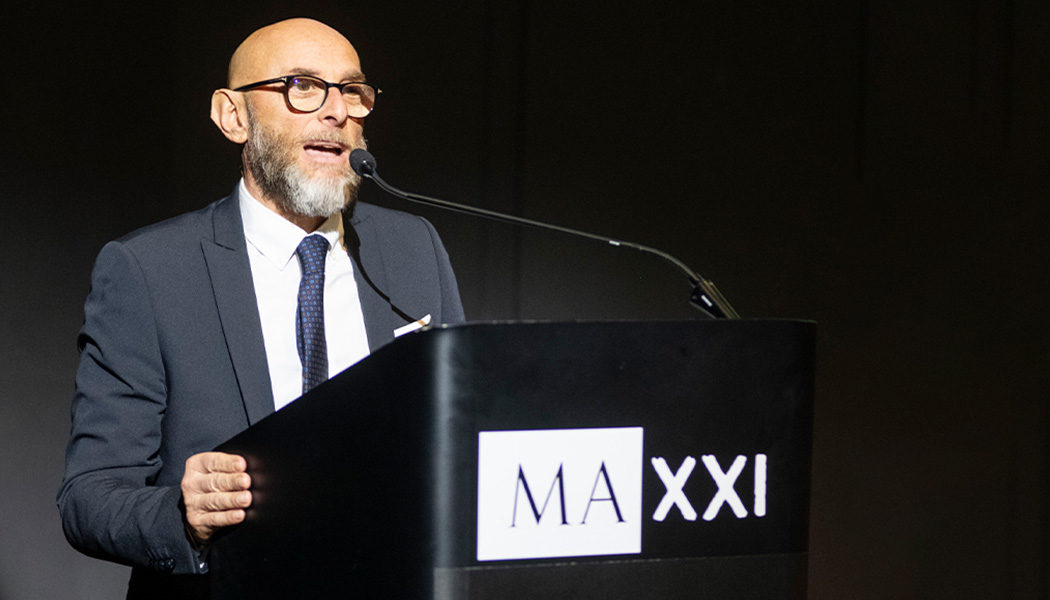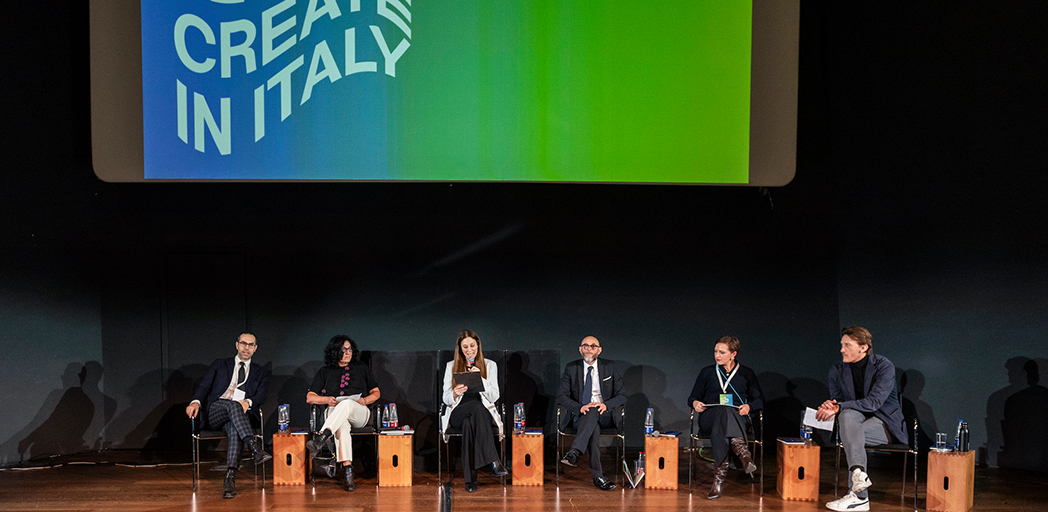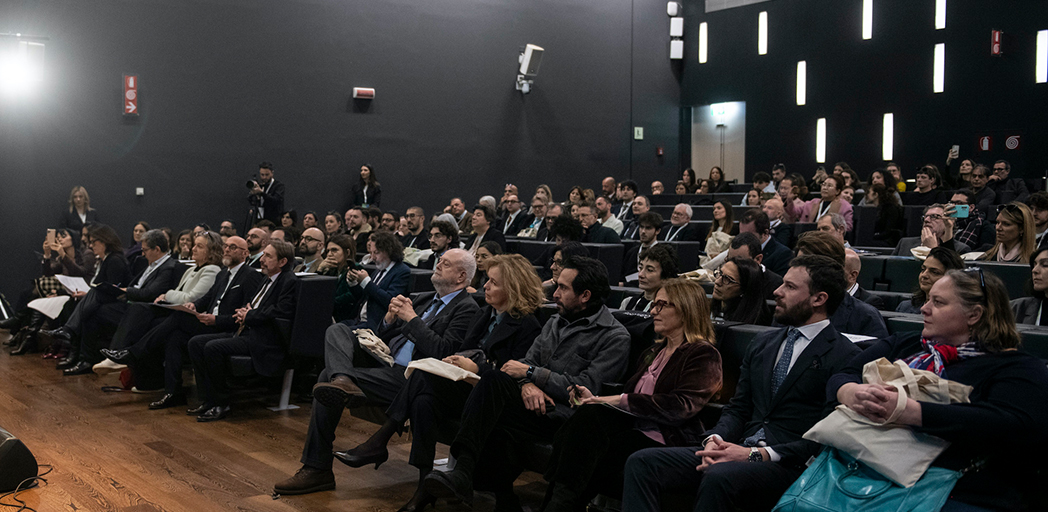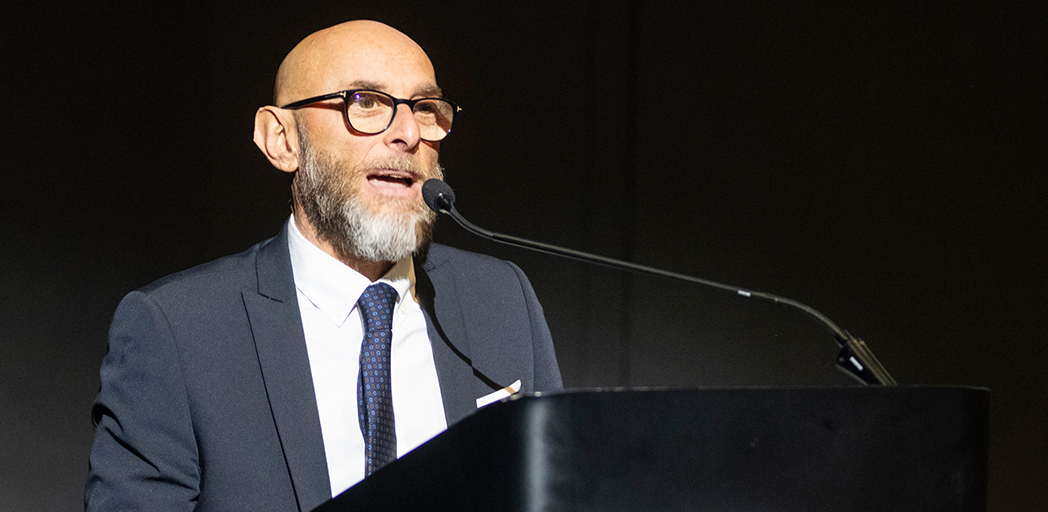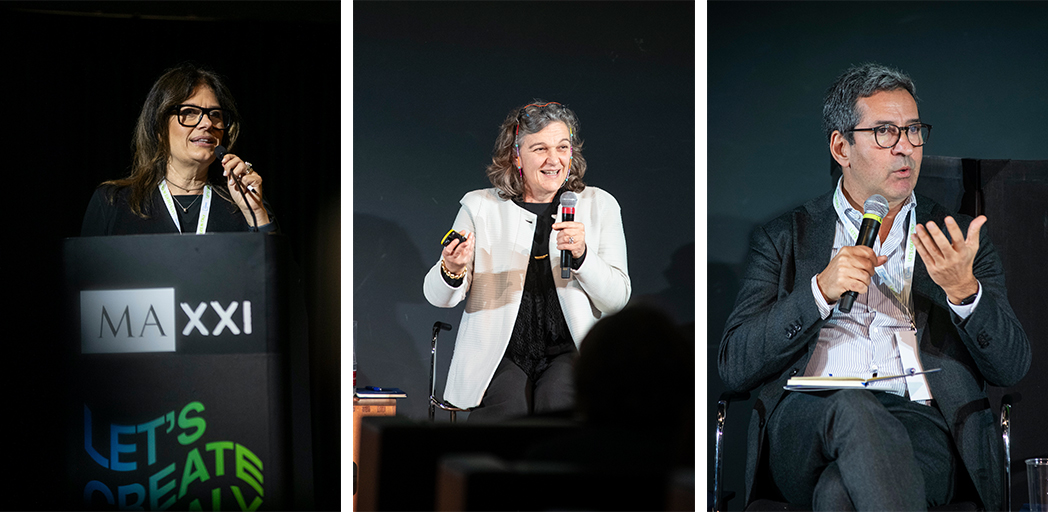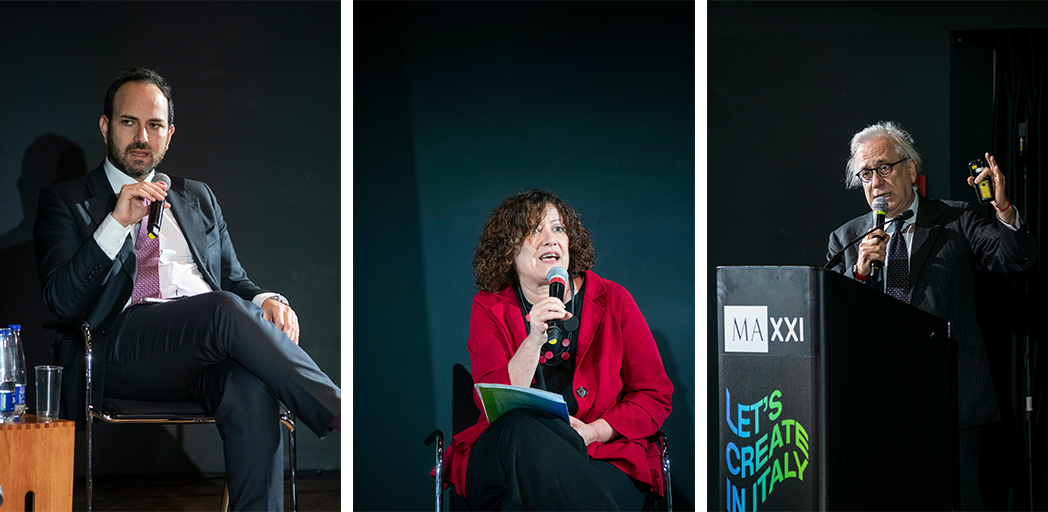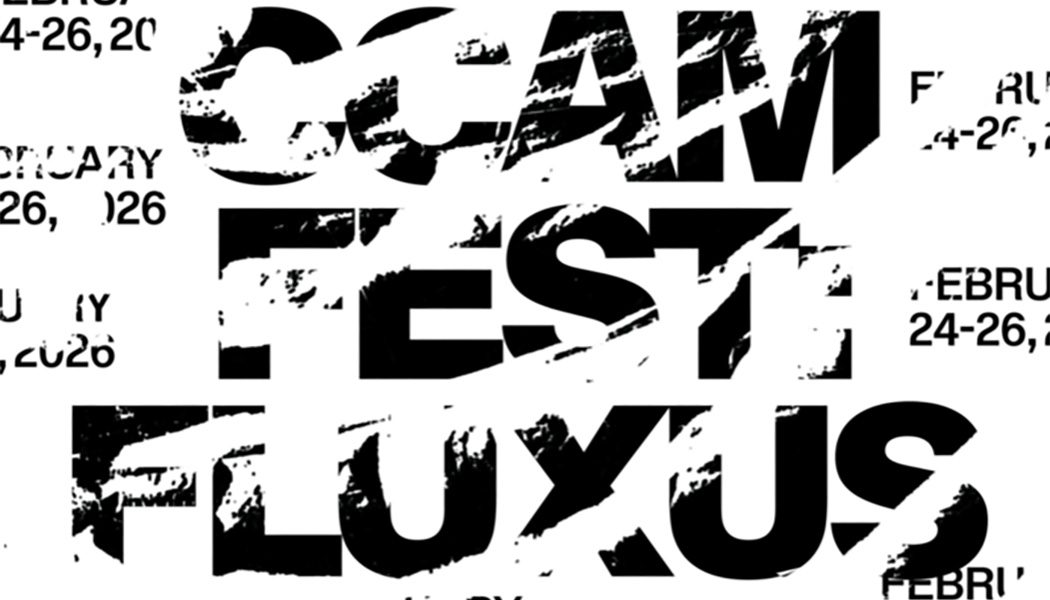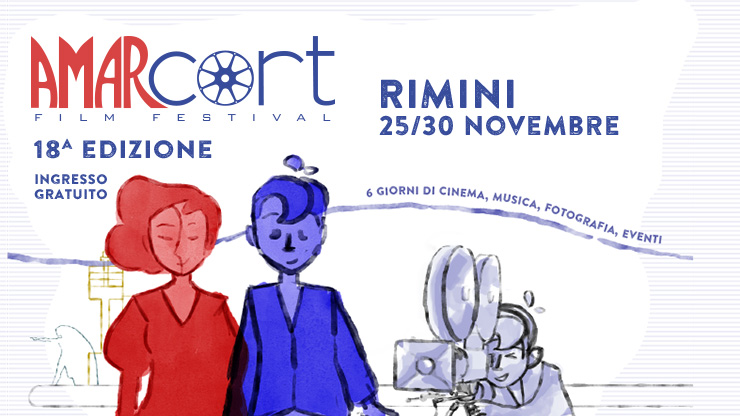With a debate on the theme ‘LET’S CREATE IN ITALY – Training, Innovation, Sustainable Development‘, the 22 member organisations of the Coordination of Afam Institutions met a few days ago at the MAXXI in Rome to enhance the role of academies and institutes of higher artistic education in Italy and abroad, and to implement all those initiatives that will enable the sector, from now on, to look to the future with renewed enthusiasm. The event was divided into two different phases: the first part, from 10 a.m. to 1 p.m., was purely conference-based, with a panel of top-class speakers; the second part, from 3 p.m. to 5 p.m., focused on the conclusions of the thematic round tables (Quality Assurance; Centrality of the student; Promotion and internationalisation; Research, innovation, Afam doctorates) coordinated by CIANS board members Annalisa Bottoni, Filippo Pernisco, Giuseppina Auricchio and Guido Tattoni, the result of an ongoing debate among members.
The institutional greetings, anticipated by the performance of the “Flowing Chords” choir directed by maestro Margherita Flore, were opened by Alessandra Gallone, advisor to the Ministry of Universities and Research, who brought greetings from Minister Anna Maria Bernini. Immediately afterwards, the greetings of the president of the CNAM Giovanna Cassese and the intervention of the secretary general of the MAXXI Foundation Francesco Spano.
The proceedings, moderated by fashion reporter and television author Valeria Oppheneimer, were opened by CIANS president Fabio Mongelli, who, presenting the activities of the Coordination, framed the contribution of Afam institutions in the reference scenario: 149 Afam institutions, 90 thousand students, 15.8% internationalisation rate. Space then went to the reports.
Space then opened for the reports. Senator Alessandra Gallone herself delved into the topic ‘High artistic education in the Italian university system’, giving due consideration to the contribution of all Afam institutions to production and economic systems, also in terms of innovation for companies.
Costanza Miliani, director of the National Research Council’s Institute of Cultural Heritage Sciences, focused on the need to address the problems of heritage and society with interdisciplinarity, cooperation and intersectoriality, involving cultural operators, in the awareness that ‘cultural heritage is the bearer of sustainability and change’. “It should not be forgotten,” Miliani emphasised, “that cultural heritage belongs to the people who live it; with the involvement of communities, the public becomes a creator of knowledge and care. Marilena Maniaci, Anvur councillor in charge of Afam institutions and member of the ENQA board, focused her speech on the topic “ESG and quality assurance of Afam institutions”, stressing how “quality assurance accompanies institutions in their growth and continuous improvement, in compliance with European standards, also thanks to the involvement of students”.
For Domenico Sturabotti, director of the Symbola Foundation, “in the new post-pandemic context, culture, creativity and design must provide new answers, humanising the transformations and accustoming citizens to the world to come”.
According to Luciano Galimberti, president of ADI – Association for Industrial Design, “the value of a School of Design is manifested in the dialogue between art and technology”. “Italian design,” Galimberti reiterated, “is capable of generating different perspectives and the education system has a fundamental role in facing the great challenges of tomorrow. The president of the Young Entrepreneurs of Confindustria, Riccardo Di Stefano, expressed the need to have “training that adheres to the needs and requirements of Made in Italy”. “The beautiful and well-made,” the entrepreneur concluded, “is an element of identity of the export of Italian design and the co-presence of public-private guarantees its competitiveness”.
For the special occasion, the iGreco company produced a limited edition of the already award-winning Rosato, customised with the name of the congress. A cadueax particularly appreciated by the large audience present.
CIANS INSTITUTIONS
Accademia di Belle Arti “Aldo Galli” – Como; Accademia di Belle Arti e Design Poliarte – Ancona; Accademia di Belle Arti “Giambattista Tiepolo” – Udine; Accademia di Belle Arti SantaGiulia – Brescia; Accademia di Costume e di Moda – Roma, Milano; Accademia Italiana – Roma, Firenze; Accademia del Lusso – Roma, Milano; Accademia Teatro alla Scala – Milano; IAAD – Istituto d’Arte Applicata e Design – Torino; IED – Istituto Europeo di Design – Roma, Milano, Torino, Firenze, Cagliari; Istituto Marangoni – Milano, Firenze; Istituto Modartech – Pontedera (Pi); Istituto Secoli – Milano; IUAD – Accademia della Moda – Napoli, Milano; LABA – Libera Accademia di Belle Arti – Brescia; LABA – Libera Accademia di Belle Arti – Firenze; NABA, Nuova Accademia di Belle Arti – Milano, Roma; Quasar Institute for Advanced Design – Roma; RUFA – Rome University of Fine Arts – Roma; SAE Institute – Milano; Saint Louis College of Music – Roma; STM Scuola del Teatro Musicale – Novara.
